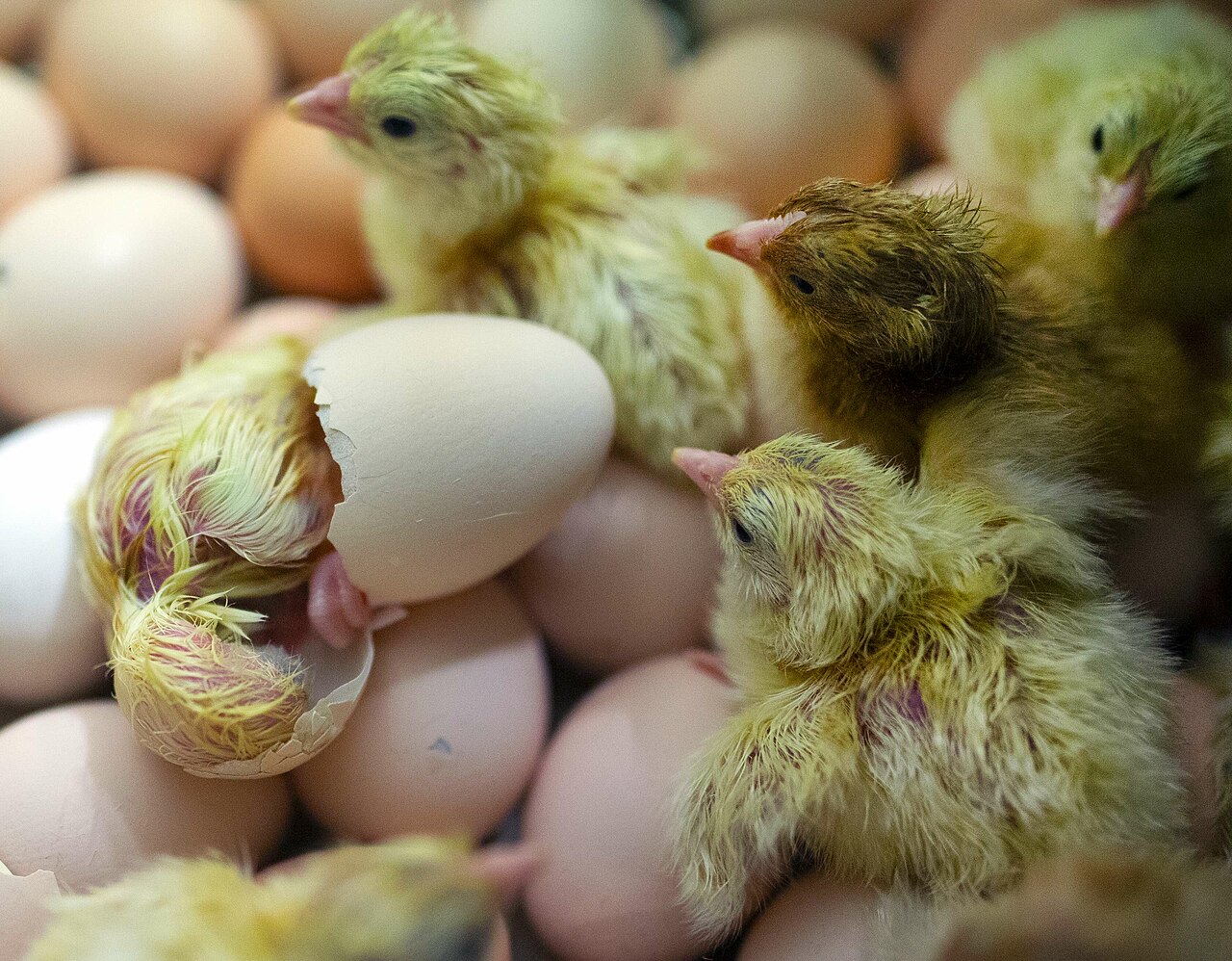
Texas A&M Study Predicts Long-Term Drop In Chicken Fertility Rates
On Apr. 16, 2025, a study by Texas A&M showed chicken fertility rates in U.S. broiler eggs could decline to approximately 60% by 2050. That decline could lead to chicken production issues and higher costs for consumers.
The study, “How concerned should we be about broiler breeder fertility declines?,” by Cara Cash, a graduate student in the Texas A&M College of Agriculture and Life Science, was published in Poultry Science, the Poultry Science Association’s scientific journal.
To assess fertility trends, researchers analyzed data from the U.S. Department of Agriculture National Agricultural Statistics Service (USDA) from 2013 to 2022. Their analysis revealed significant declines in essential production metrics, including hatchability, chick viability and production efficiency.
Hatchability refers to the percentage of fertile eggs that successfully hatch into healthy chicks during incubation. Athrey said approximately 12 billion eggs are needed each year to produce to 9 billion broiler chickens — a success rate of 75%. If current trends continue, the analysis suggests hatchability rates could fall to 60% by 2050.
Dropping broiler chicken fertility rates would result in decreased production efficiency, which in turn increases costs for the industry and ultimately consumers. The research provided the first clear assessment of the egg fertility issue and a forecast for the future if corrective measures aren’t taken within the poultry industry.
Tags:
Source: Texas A&M
Credit:
